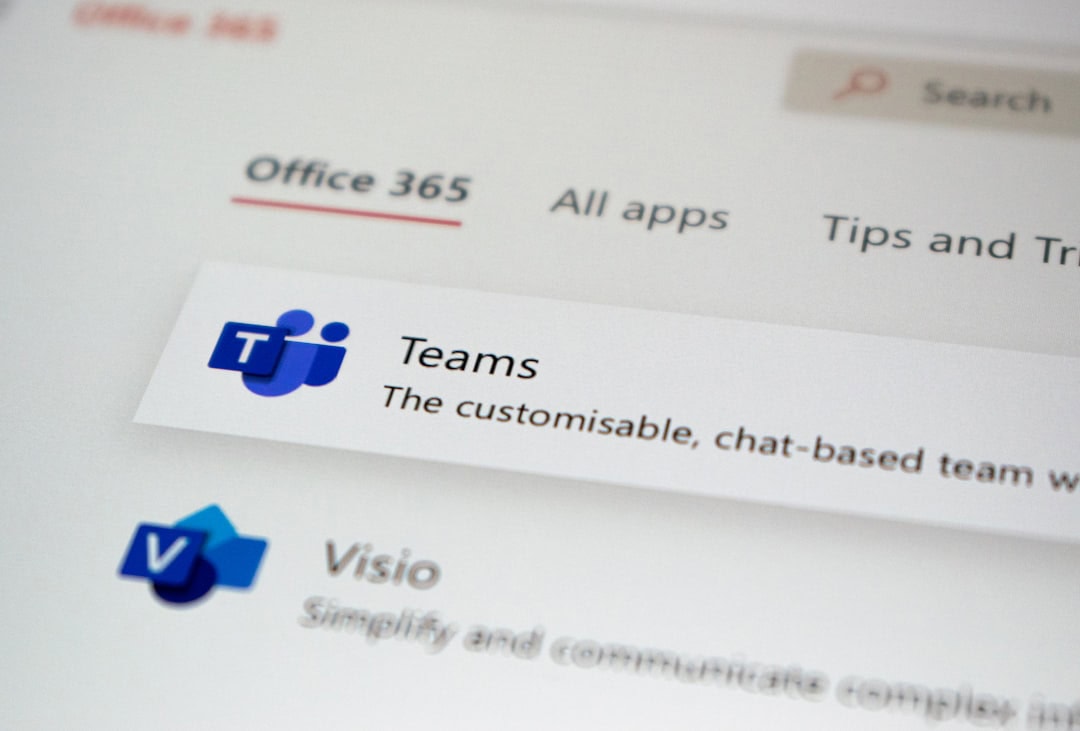Knowledge is power. But only if your team can find it! That’s where knowledge management (KM) tools come in. They help your team share, search, and store important info. But with so many tools out there, how do you pick the right one in 2025?
Don’t worry. We’ve got you covered. Let’s break it down in a fun and simple way!
What Is a Knowledge Management Tool?
It’s like a digital library. But way cooler. A KM tool helps your team:
- Capture knowledge (like best practices or how-to guides)
- Organize it all in one place
- Share it with others
- Find info quickly when needed
Now let’s find out which type is best for your team!
Types of Knowledge Management Tools
Every team is different. The perfect tool depends on how your team works.
1. The Document Lover
If your team relies on docs, spreadsheets, and presentations, go for tools like:
- Google Workspace – Easy to use, great for real-time collaboration.
- Microsoft 365 – Packed with power for teams living in Word, Excel, and Teams.
Perfect for teams that want everything stored in the cloud and easy to share.
2. The Process Pro
If your team needs step-by-step info and SOPs (Standard Operating Procedures):
- Trainual – Amazing for onboarding and training materials.
- Process Street – Fantastic for standardizing recurring tasks.

Ideal for HR, operations, and support teams that need to teach people what to do.
3. The Wiki Warrior
Want a space where everyone can contribute knowledge?
- Notion – Flexible, stylish, and great for wiki-style pages.
- Confluence – Built for teams who want structured content and tight integration with Jira.
This is for teams that write a lot and need a central brain for their company.
4. The Chatty Team
If your team lives in a chat app like Slack or Microsoft Teams:
- Guru – Pops helpful cards into your chat so the info finds you.
- Slaask with Slack – Makes your helpdesk and internal info accessible from your DMs.

Great for fast-moving teams who need answers right in their chat window.
How to Choose the Right Tool
Ask yourself (and your team) these questions:
- Where does our info live right now?
- Do we need it for training, docs, or quick answers?
- Who will maintain it?
- Does it need to integrate with other tools?
Then match your needs with one of the tool types above. Simple, right?
Top Features to Look for
No matter which tool you choose, make sure it has:
- Search functionality – Fast and accurate!
- Collaboration options – Easy for the team to add and edit content.
- Permissions and control – So only the right eyes see the right info.
- Good UX – If it’s ugly or hard to use, no one will use it. Simple as that.
Final Thoughts
Your knowledge is only as good as your team’s ability to find and use it.
Whether you’re onboarding new hires, answering customer questions, or building a brain for your company, there’s a KM tool out there for you.
Pick the one that works with how your team thinks. Try a few out. Most of them offer free trials.
And remember — a tool is only part of the solution. Keep your content fresh, organized, and fun!
Happy knowledge sharing!

